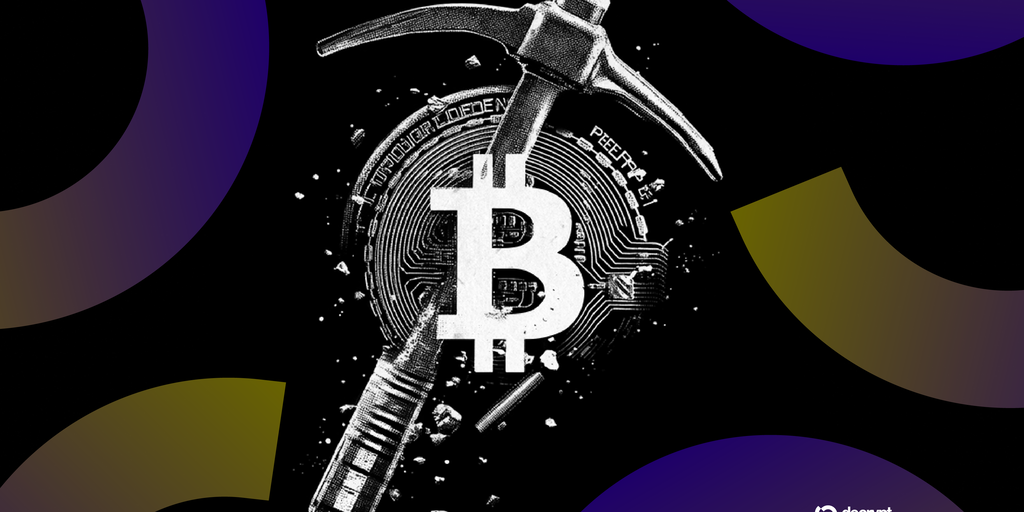The Critical Obstacles Confronting Bitcoin Miners as They Approach 2026

Bitcoin miners are entering a pivotal phase as the industry faces tightening profit margins, rising operational costs, and intensifying regulatory scrutiny. With the next halving cycle already reshaping revenue models, miners are under pressure to optimise efficiency, secure long-term capital, and adapt to global shifts in energy policy. The accelerated pace of technological competition, paired with unpredictable market volatility, has heightened the urgency for strategic reinvention. As 2026 approaches, the mining ecosystem must confront environmental demands, consolidate infrastructure, and navigate geopolitical uncertainties to sustain profitability in an increasingly complex digital-asset economy.
Post-Halving Profit Compression
The most immediate challenge for miners heading into 2026 is the significant reduction in block rewards following the recent Bitcoin halving. Lower rewards have compressed earnings for both small and large mining operations, forcing companies to rethink their revenue structures. With mining difficulty rising and Bitcoin’s price unable to consistently offset reduced payouts, many operators are experiencing strain on liquidity.
For smaller miners, this economic pressure threatens long-term survival, while larger companies are compelled to embrace mergers, capital restructuring, or aggressive efficiency upgrades to maintain competitiveness.
Escalating Energy Costs and Infrastructure Demands
Energy remains the single largest expense in Bitcoin mining, and global electricity prices have surged due to geopolitical tensions, supply disruptions, and regional policy changes. Miners located in countries without subsidised or low-cost energy are facing mounting operating expenses that directly erode profitability.
The shift toward renewable energy—although necessary for long-term resilience—requires substantial capital investment. Firms investing in hydro, solar, or wind-powered mining facilities must balance high upfront expenditure with uncertain long-term returns, especially in markets where energy regulations are unpredictable.
Regulatory Headwinds and Environmental Pressures
Governments worldwide are intensifying oversight of crypto mining, particularly in regions concerned about grid stability and carbon emissions. Many jurisdictions have introduced licensing requirements, energy-use caps, and environmental audits that increase compliance costs.
Sustainability has become a central issue. As environmental advocates push for stricter regulations, miners must demonstrate measurable reductions in carbon output. Companies unable to pivot towards cleaner energy or improve operational transparency may face operational restrictions or forced relocation.
Technological Arms Race and Hardware Inefficiencies
Mining hardware continues to evolve rapidly, and the race to acquire high-efficiency ASIC machines is more competitive than ever. The newest machines consume less power while offering higher hash rates, but their steep cost—often exceeding Rs. 800,000 per unit—keeps them out of reach for smaller operators.
Additionally, global supply chain pressures, driven by semiconductor shortages and international trade restrictions, have led to delays in hardware procurement. Miners still relying on outdated equipment face rising difficulty levels that diminish output and hasten operational decline.
Market Volatility and Capital Constraints
Unpredictable price swings are an inherent risk in the cryptocurrency sector. For miners, these fluctuations directly impact revenue forecasts, lending opportunities, and strategic planning.
During down cycles, capital becomes harder to secure. Investors remain cautious due to fears of regulatory crackdowns and uncertain future profitability. Companies that rely heavily on debt financing or speculative expansion face heightened exposure as credit conditions tighten across global markets.
Geopolitical Uncertainty and Regional Instability
Mining operations concentrated in specific regions are vulnerable to political shifts, energy rationing policies, or sudden regulatory bans. Recent global tensions have highlighted the fragility of cross-border supply chains and the risks associated with dependence on single-country infrastructure.
This instability has encouraged some miners to diversify geographically, but relocation comes with high logistical and financial burdens that many operators are unprepared to absorb.
The Road Ahead: Adaptation as the Key to Survival
Bitcoin mining in 2026 will favour companies that embrace innovation, energy efficiency, and financial resilience. Miners that invest early in advanced hardware, diversified energy sources, and regulatory compliance will be better positioned to navigate the tightening landscape.
While the challenges ahead are substantial, the industry’s trajectory will ultimately depend on its ability to modernise operations and adapt to the rapidly shifting intersection of technology, finance, and global policy.




